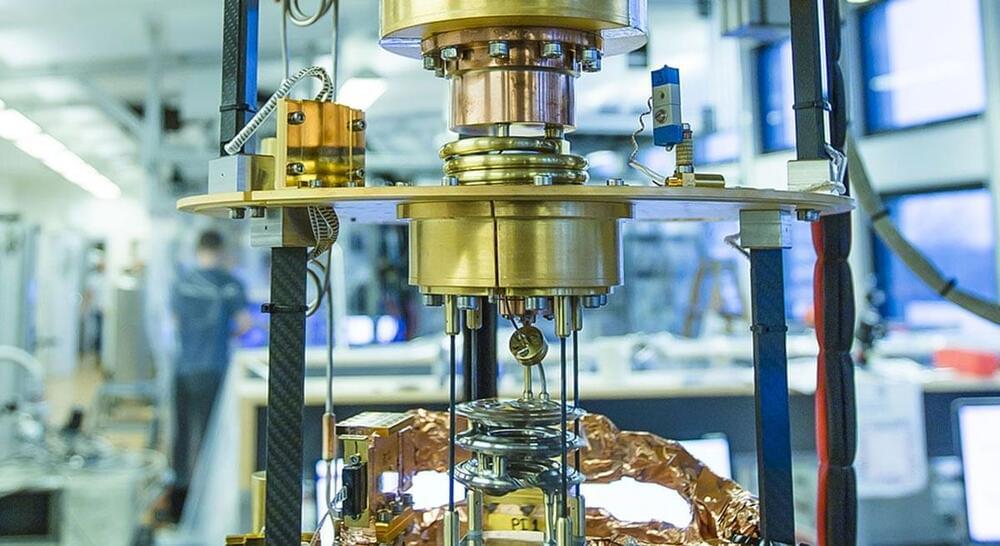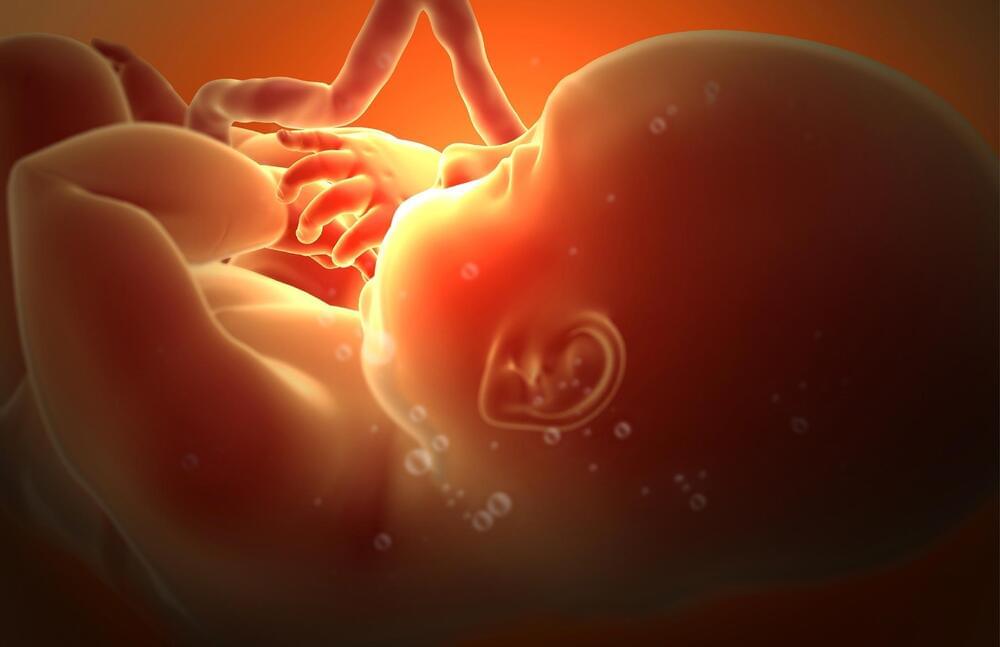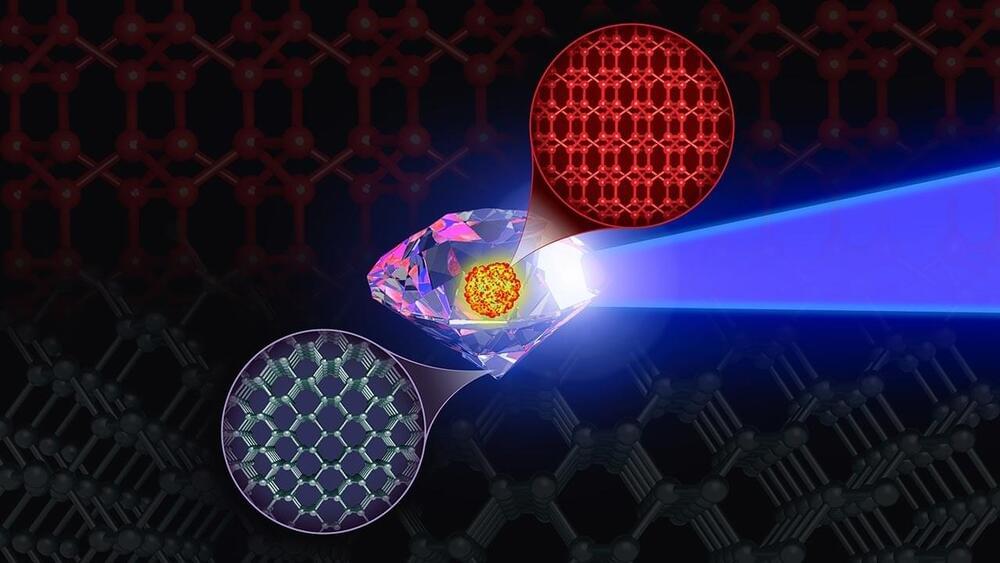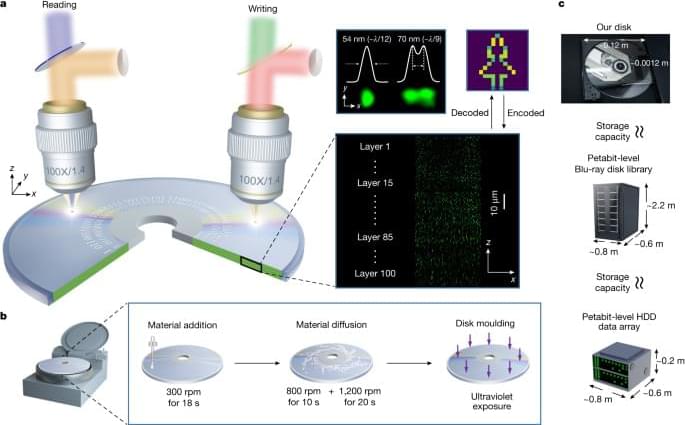Mar 20, 2024
China Working on Giant Rail Gun to Shoot Astronauts Into Space
Posted by Kelvin Dafiaghor in category: space travel
Chinese scientists are working on a giant electromagnetic launch track to launch a massive 50-ton spaceplane — longer than a Boeing 737 — into orbit.
As the South China Morning Post reports, the “giant rail gun” system is designed to accelerate a hypersonic aircraft to speeds of up to Mach 1.6. Once it reaches the end of the track, its engine then accelerates it to the edge of space at seven times the speed of sound.
If actually built, it could greatly cut down on the amount of fuel such a craft would need to get to space, allowing it to carry bigger payloads — and save a considerable amount of money as well.


















